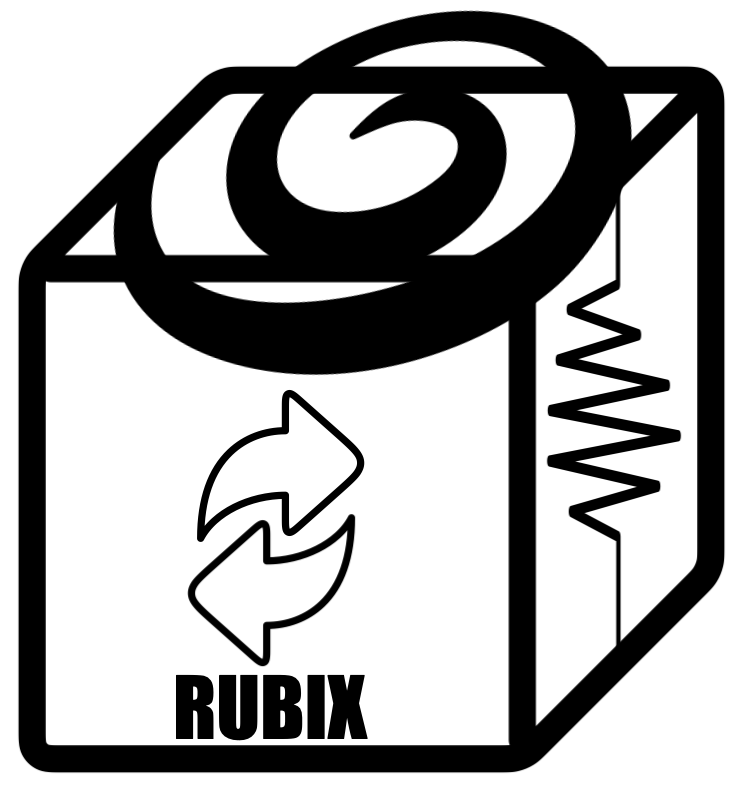rubix.telescope.noise package#
Submodules#
rubix.telescope.noise.noise module#
- rubix.telescope.noise.noise.calculate_S2N(datacube: Float[Array, 'n_x n_y n_wave_bins'], observation_signal_to_noise: float) Float[Array, 'n_y n_y'][source]#
Calculate the signal-to-noise ratio array from a data cube.
Adapted from: kateharborne/SimSpin which implements equation 4 from Nanni et al. 2022.
- Parameters:
datacube (Float[Array, "n_x n_y n_wave_bins"]) – The data cube with dimensions (n_x, n_y, n_wave_bins).
observation_signal_to_noise (float) – The signal-to-noise ratio of the observation.
- Returns:
The signal-to-noise ratio array.
- Return type:
Float[Array, “n_x n_y”]
- rubix.telescope.noise.noise.calculate_noise_cube(cube: Float[Array, 'n_x n_y n_wave_bins'], signal_to_noise: float, noise_distribution: str = 'normal') Float[Array, 'n_x n_y n_wave_bins'][source]#
Calculate the noise cube given the cube and the signal-to-noise ratio.
Adapted from: kateharborne/SimSpin
- Parameters:
cube (Float[Array, "n_x n_y n_wave_bins"]) – The data cube.
signal_to_noise (float) – The signal-to-noise ratio of the observation.
noise_distribution (str, optional) – The type of distribution to sample from. Can be either “normal” or “uniform”. Defaults to “normal”.
- Returns:
The noise cube.
- Return type:
Float[Array, “n_x n_y n_wave_bins”]
- rubix.telescope.noise.noise.sample_noise(shape: tuple, type: str = 'normal', key: Array | None = None) Array[source]#
Sample noise from a normal or uniform distribution.
- Parameters:
shape (tuple) – The shape of the noise array.
type (str, optional) – The type of distribution to sample from. Can be either “normal” or “uniform”. Defaults to “normal”.
key (Optional[jnp.ndarray], optional) – The random key to use for sampling. Defaults to
None.
- Returns:
The sampled noise.
- Return type:
jnp.ndarray
- Raises:
ValueError – If an unsupported noise distribution is requested.
